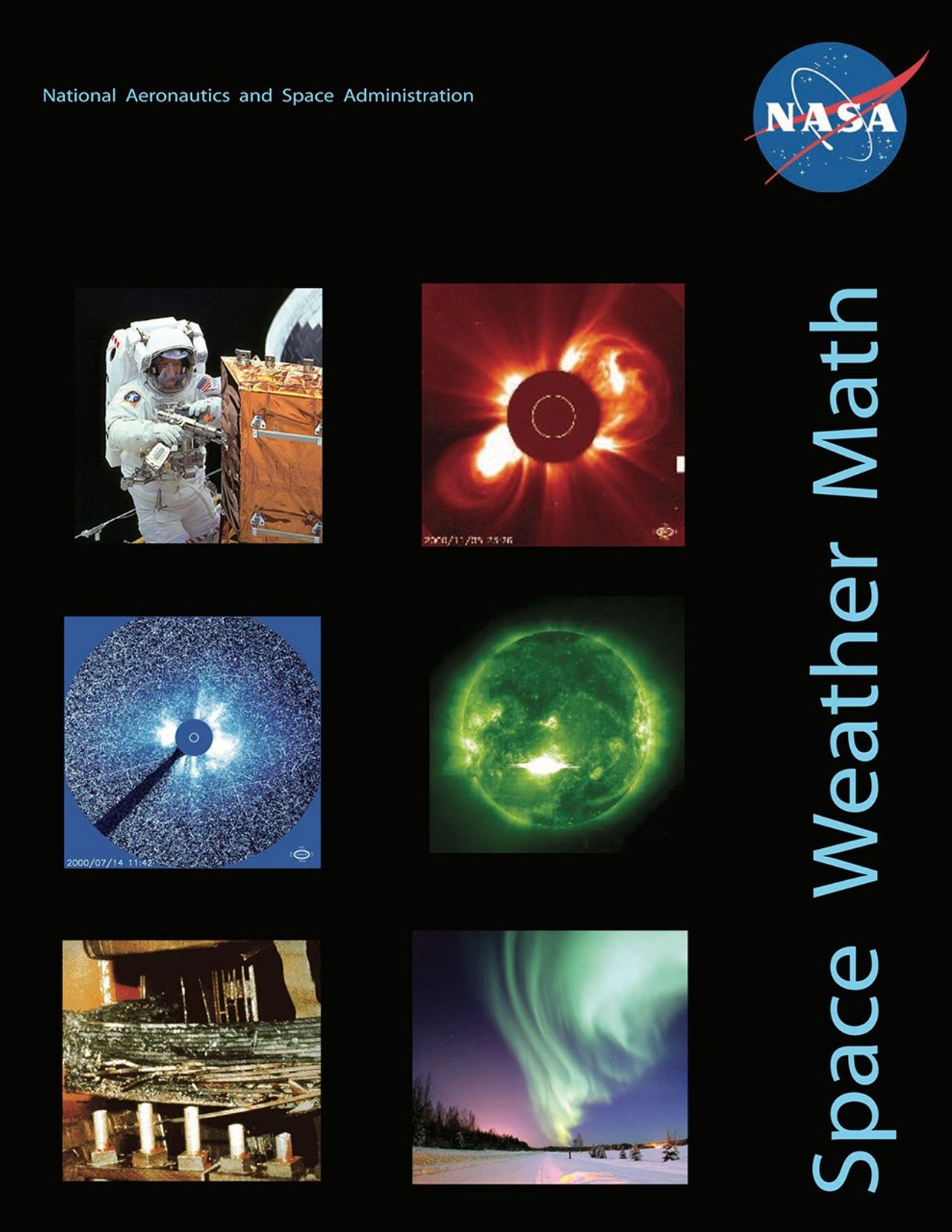Space Weather Math
| Levels |
|
|---|---|
| Material Type |
|
| Heliophysics Big Ideas |
|
| NGSS |
|
| Heliophysics Topics |
|
| Heliophysics Missions |
|
| Related Missions |
|
| Material Cost per Learner | Free |
| Language | English |
In this educator guide containing hands-on activities, with embedded math problems, educators explore the causes and effects of space weather. The activities guide learner exploration of the Sun-Earth interactions. Activities target the causes of space weather and the ways in which heliophysicist study solar storms to predict when adverse conditions may pose a hazard for satellites and human operation in space. The book includes extensive background information for educators.
Download PDF file below.



























